At the corner of Courtenay and West 14th in Vancouver is a house hidden from the sidewalk by hedges. A cedar fence runs the length of the lot on one side. Still no luck, though, for those tall enough to peer over — a wall of trees hides the residence from view.
This was the home of Arthur Erickson, the famous Canadian architect.
Erickson held many legendary parties on this otherwise unremarkable block, inviting well-known guests such as anthropologist Margaret Mead, Soviet-born ballet dancer Rudolf Nureyev and Prime Minister Pierre Elliott Trudeau. And he went to great lengths to mark the occasions, bringing in everything from fireflies to black swans.
While the 7,000-square-foot garden came alive during these gatherings, the house itself, made up of a repurposed garage and shed, was modest in comparison. Erickson lived in its 970 square feet with his dog.
The house and garden are the subject of a new exhibition at the West Vancouver Art Museum, titled A Refuge: Arthur Erickson.
The architect, who died in 2009 at age 84, would have turned 100 this year. The exhibition, part of his centenary celebrations, will run until July 20.
On display are large prints of Erickson at home and a recreation of his living space with books and art picked up over the course of his career — everything from a Buddha head and an Inuit carving on whale vertebrae to an abstract painting by his friend Gordon A. Smith.
“The things that surrounded me were more important to me,” Erickson once told biographer Edith Iglauer.
“Architecturally, this house is terrible, but it serves as a refuge, a kind of decompression chamber. The nice thing about the garden is that I started it and it’s been doing its own thing ever since.”
Erickson designed many iconic examples of modern houses for clients during his early career. He would then garner international acclaim for his commissions, but in his home city, Erickson is known for such works as Robson Square, the accompanying law courts, the Museum of Anthropology and Simon Fraser University, completed with his partner Geoffrey Massey in 1963.
But his own garage of a home? It was a far more humble DIY project. The marble slabs used in the interior came from the urinals of the old Vancouver Hotel, and a seat in the living room, covered with pillows, was once the straw bench of an old Vancouver trolley.
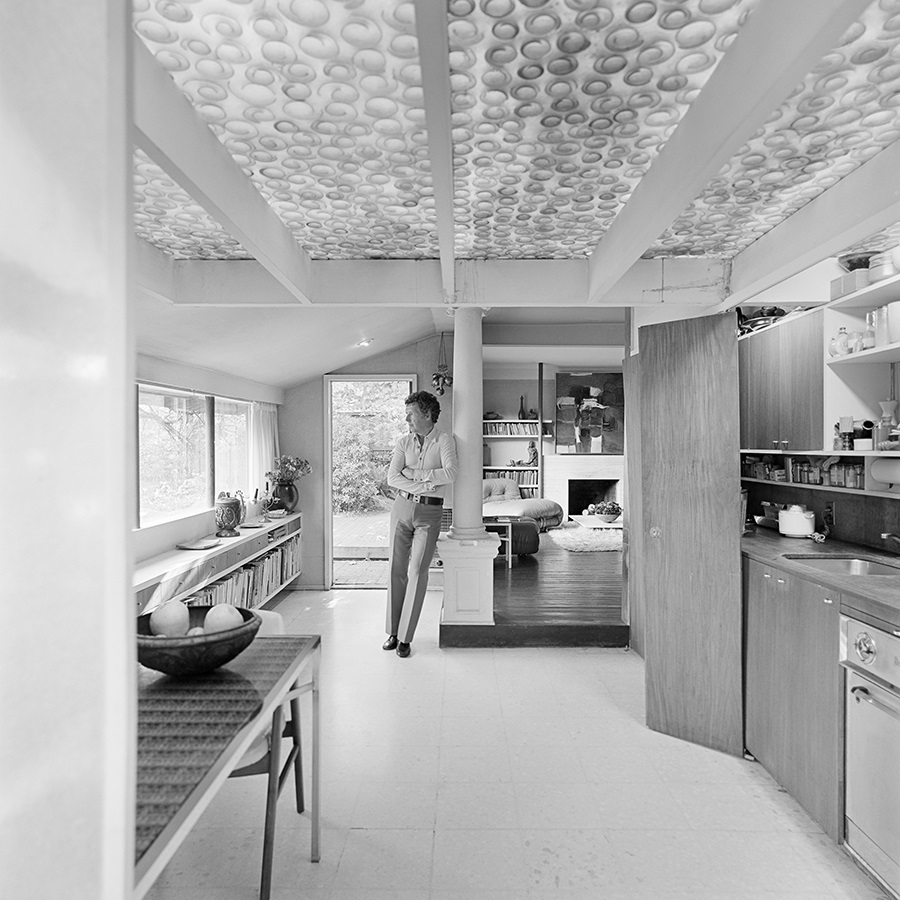
The house is owned by the Arthur Erickson Foundation, which runs occasional tours.
Erickson might have been a superstar, but the exhibition’s co-curators wanted to show a different side of the modern master, demonstrating how lessons he picked up over the years were incorporated into his private residence.
Here’s what they had to say about his refuge of a home. This interview has been edited for length and clarity.
The Tyee: What was your first encounter with Erickson’s home?
Clinton Cuddington, architect and principal of Measured Architecture: I was under Bing Thom’s wing for over a decade. [Thom, a Vancouver architect, acted as a project manager for Erickson’s firm before starting his own.] As a result of that tenure, I was often mentored by Bing and he would explain Arthur’s process to me.
My mentor really wanted me to learn the critical lessons from his mentor. He also pulled me into that house and garden so I could understand that space. I was introduced to the premise of the building as secondary, working as an oculus onto the site; turning the jacket inside out. As a young intern architect, that was a pretty meaningful moment. Arthur was working in the house. I took my son there when he was a little kid later on. As I’m watching my son playing in the pond, I quickly caught Arthur watching him. Arthur was keenly acute to the way that people engage with the site.
I do think the space was a microcosm of one of his most fundamental beliefs, which is that you cannot separate architecture from landscape. There is not a line between those worlds. There must be a smudge, a breaking down of the borders.
What makes these pictures of Erickson special?
Hilary Letwin, curator at the West Vancouver Art Museum: We hold in our collection photographs by the architectural photographer Selwyn Pullan. We took in his archives in 2014. These photos are mostly commissioned photos from the 1950s forward in an effort to document architects’ work for publications and magazines.
The photos that we have in our collection related to Arthur’s home are from two different photo shoots he did: 1965 was mostly the garden and 1972 was the interior. These photos are really important for us because part of our mandate as an institution is to educate people about the development of West Coast modernism and the important role that West Vancouver had in that development. The way that we can demonstrate that most publicly is through these photographs, because a lot of that history is wrapped up in private residences. It’s really hard to educate the public about private places, so these photographs are really key.
What does this exhibition reveal to us about Erickson beyond the international ‘starchitect’?
Cuddington: Arthur, in his public persona, was larger than life. But there is a mythmaking approach in that. This is a man that was considered to be the greatest architect in Canada. In 1972, he was on the cover of Time magazine. Hilary came to me and said, “We want to do something slightly different. Are you game?” We thought this was a unique opportunity to not only change the lens of how to understand Arthur and what drove him, but also create a unique environment.
I do believe that in this most intimate of spaces, one might be shocked that an architect would live in what could be described as a garage. But it described Arthur’s beliefs, fundamentally, that landscape — the apron, the preface to the building — was equally if not more important than the architecture itself.
He was always tweaking and playing. The great dilemma of landscape architecture is often that the landscape architect will have passed on before the vision comes to fruition. Arthur played with that and kept it modulated over time. I think that the space was always in a constant place of rebooting. I do believe that he was able to achieve his critical vision.
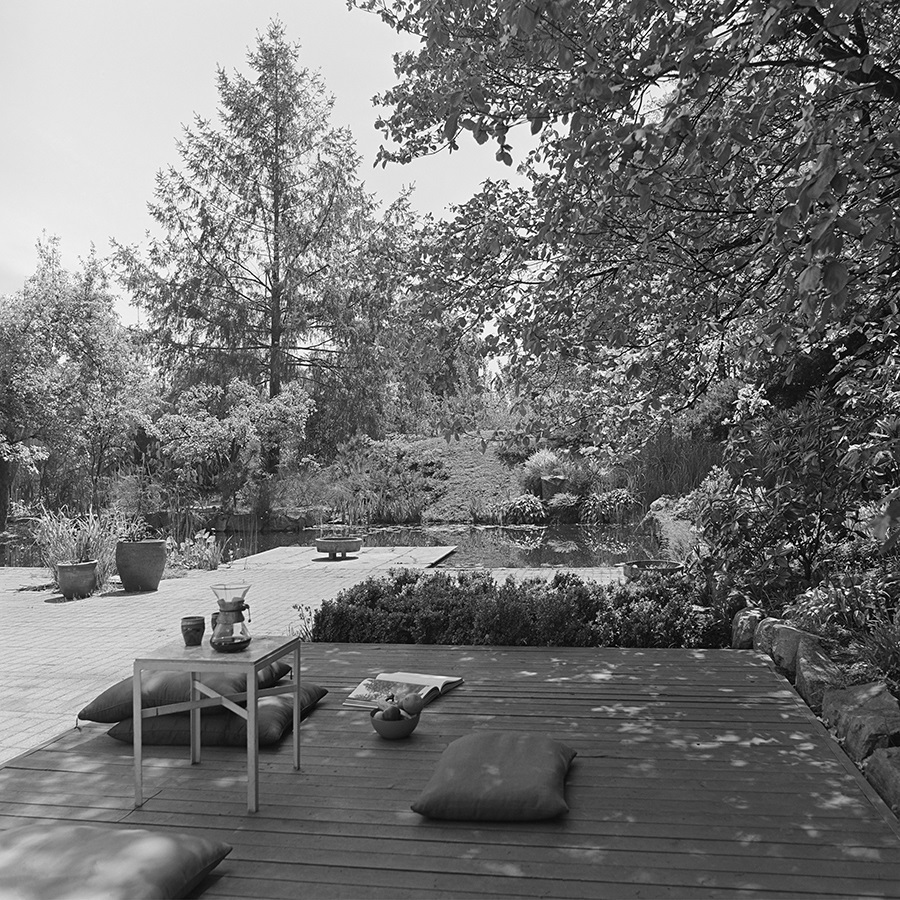
What do you think this house meant to him?
Cuddington: The house and garden really represent a reprieve from the world that I think was essential for Arthur to regather himself, to train his focus on how he wanted to see the world. But it was also a harbour for him. The house is essentially a laneway house, with the omission of a primary residence on the property. It became a repository for a cross-section collection of his life, and then gave him a leaping point to peer out into a garden to the world beyond and the work that he would do.
What can you share about those legendary parties he hosted?
Letwin: I know that the garden was the site for a number of events and parties and fundraisers. I’ve heard some fabulous stories from different people who attended events over the years there.
There’s one that sticks out in particular. In the garden, he was hosting a group of ballet dancers. And apparently, as the dancers finished their performance, a family of raccoons climbed up the tree. That is an interesting contrast, that the garden held incredible importance and did have a public face to it.
Cuddington: My former employer and a professor of mine is Bill Pechet. He was at that event and he referred to it as a very bacchian moment. The garden was not just a place of introverted prospect, but it was a stage. From all accounts, as the dance event moved on, the clothes came off. And they were in the pond, in the hot tub, and it went to a primordial place.
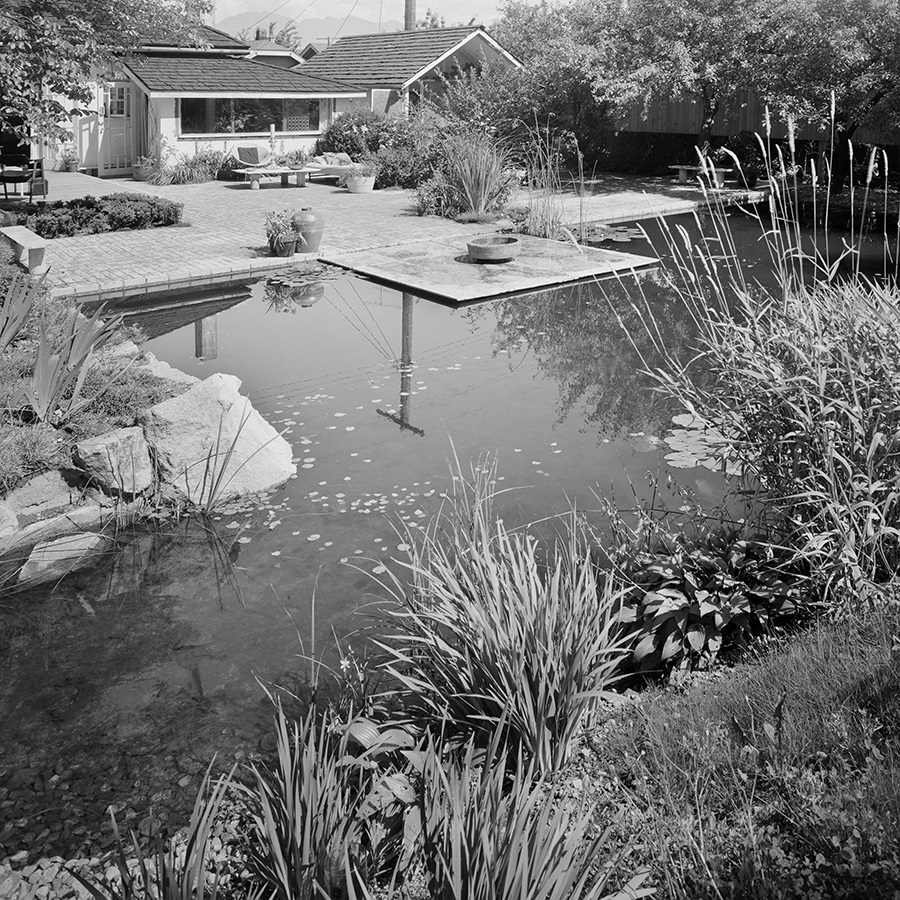
What lessons does this house have for designers today?
Cuddington: It’s an interesting problem because the house is about the importance of landscape’s relationship with house. We are living in a time when we are so hyperfocused on density. This is kind of a tale of anti-density.
What I think is intriguing about it as a lesson for the next generation of makers is not one about moving away from a certain type of increased density in the urban setting, but, rather, that we can live with less. We can live in smaller environments and have a greater relationship of the proportion of landscape to home. There has been such a pressure to seek for domestic outcomes that meet the maximum requirements of density.
Arthur proved in his typology of living — he had a dog but he didn’t have a family — that he did not need much as long as he had a strong interconnectedness with landscape. As I face the world as an architect and talk to people about what it is they think they want, I want to hear what their lists are. But then I want to talk to them about how we can achieve those things through Arthur’s eyes, in a reduced format or making buildings do double, triple use.
Do you think visitors will be surprised to learn about this private side of Erickson?
Letwin: I think one of the biggest hopes behind this exhibition for me is that people will be compelled to explore further the man, Arthur, beyond the icon. We all know him as this iconic architect. We’re hopeful that people will start to think about the influences behind Arthur. One of the biggest surprises of looking at the photographs in the big scale that we’ve reproduced is actually seeing the dinged desk, the bit of wallpaper curling away.
Cuddington: I showed [Arthur Erickson’s nephew] Geoffrey Erickson one of the photographs that is in the show of Arthur laughing, leaning over his desk. He said, “Oh, that’s so Arthur.” And he went on to talk about the desk he was leaning on and that it was an old door. I think Arthur constantly needed to be rooted in his past and a type of modesty. The photographs are really intimate on that level. I do feel that people will be surprised about the way in which he curated his own life.
Arthur separates himself from a lot of the great masters of architecture in that he sought a type of modesty and curiosity as a student in the world. We think of this contrast not as a criticism of the public persona of Arthur; rather a rounding out of the necessary story that fully describes who he is.
His great articulation around architecture, his resolution in his buildings, comes out of the type of modesty. I think the show will announce this in a way that makes people say “Aha!” as opposed to “Oh my God, I can’t believe this man would live this way.” Because we would all be so lucky to live this way.
‘A Refuge: Arthur Erickson’ runs at the West Vancouver Art Museum until July 20. ![]()
Read more: Urban Planning
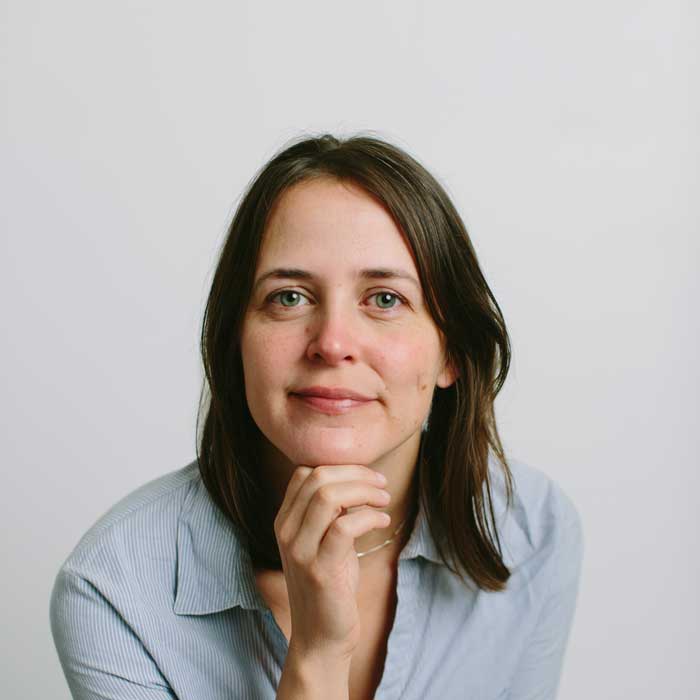

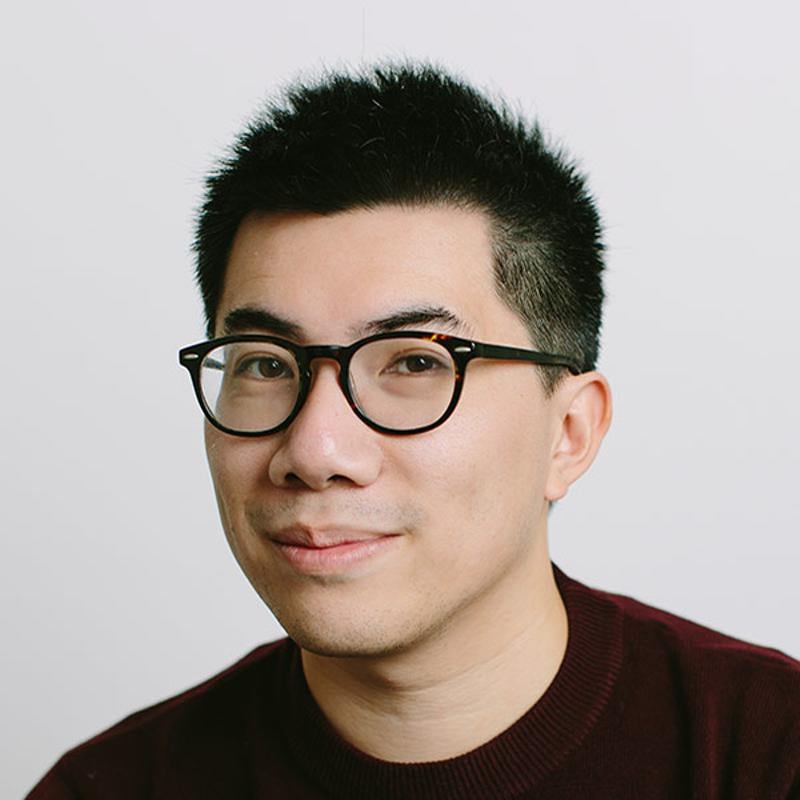

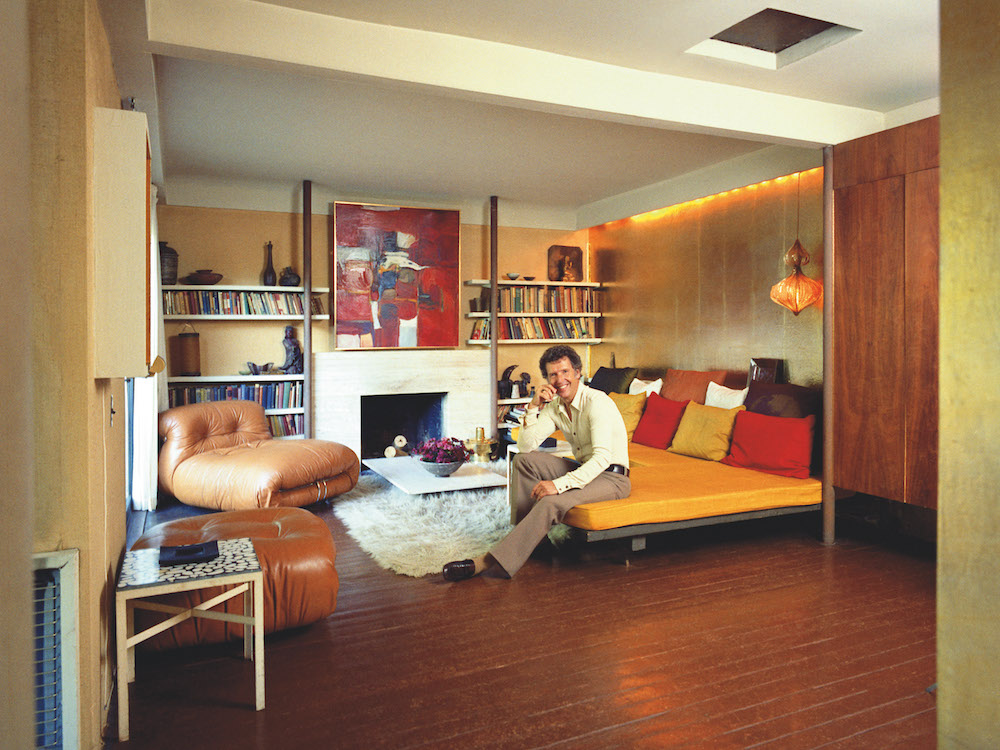
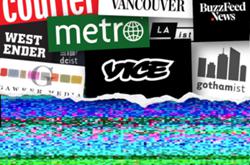


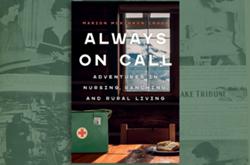
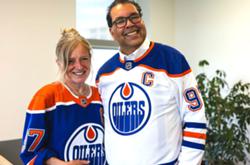
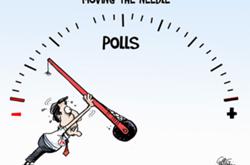
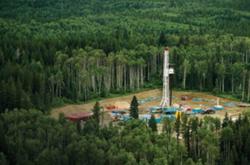
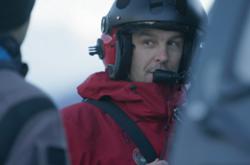


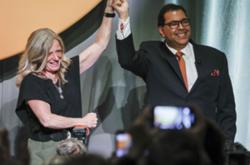
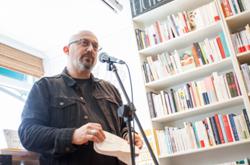
Tyee Commenting Guidelines
Comments that violate guidelines risk being deleted, and violations may result in a temporary or permanent user ban. Maintain the spirit of good conversation to stay in the discussion and be patient with moderators. Comments are reviewed regularly but not in real time.
Do:
Do not: